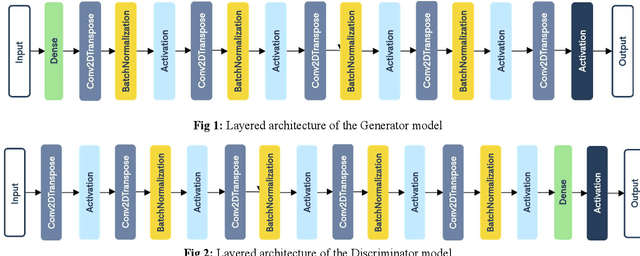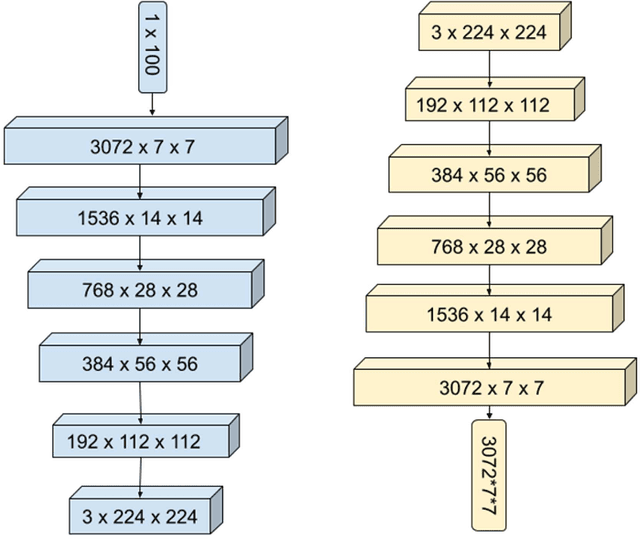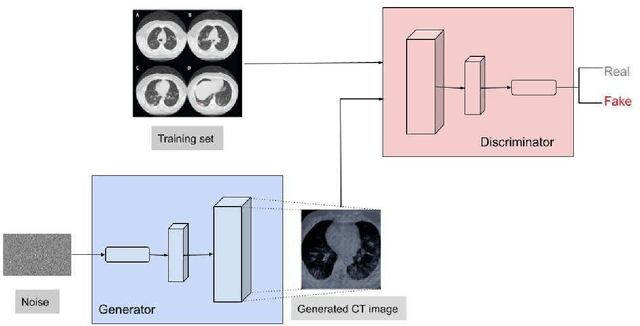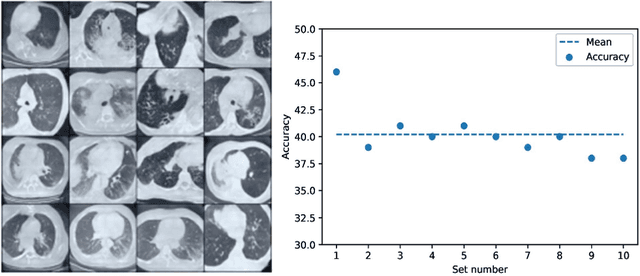Saurabh Mittal
A Unified Cloud-Enabled Discrete Event Parallel and Distributed Simulation Architecture
Feb 22, 2023Abstract:Cloud simulation environments today are largely employed to model and simulate complex systems for remote accessibility and variable capacity requirements. In this regard, scalability issues in Modeling and Simulation (M\&S) computational requirements can be tackled through the elasticity of on-demand Cloud deployment. However, implementing a high performance cloud M\&S framework following these elastic principles is not a trivial task as parallelizing and distributing existing architectures is challenging. Indeed, both the parallel and distributed M\&S developments have evolved following separate ways. Parallel solutions has always been focused on ad-hoc solutions, while distributed approaches, on the other hand, have led to the definition of standard distributed frameworks like the High Level Architecture (HLA) or influenced the use of distributed technologies like the Message Passing Interface (MPI). Only a few developments have been able to evolve with the current resilience of computing hardware resources deployment, largely focused on the implementation of Simulation as a Service (SaaS), albeit independently of the parallel ad-hoc methods branch. In this paper, we present a unified parallel and distributed M\&S architecture with enough flexibility to deploy parallel and distributed simulations in the Cloud with a low effort, without modifying the underlying model source code, and reaching important speedups against the sequential simulation, especially in the parallel implementation. Our framework is based on the Discrete Event System Specification (DEVS) formalism. The performance of the parallel and distributed framework is tested using the xDEVS M\&S tool, Application Programming Interface (API) and the DEVStone benchmark with up to eight computing nodes, obtaining maximum speedups of $15.95\times$ and $1.84\times$, respectively.
Generation of COVID-19 Chest CT Scan Images using Generative Adversarial Networks
May 20, 2021



Abstract:SARS-CoV-2, also known as COVID-19 or Coronavirus, is a viral contagious disease that is infected by a novel coronavirus, and has been rapidly spreading across the globe. It is very important to test and isolate people to reduce spread, and from here comes the need to do this quickly and efficiently. According to some studies, Chest-CT outperforms RT-PCR lab testing, which is the current standard, when diagnosing COVID-19 patients. Due to this, computer vision researchers have developed various deep learning systems that can predict COVID-19 using a Chest-CT scan correctly to a certain degree. The accuracy of these systems is limited since deep learning neural networks such as CNNs (Convolutional Neural Networks) need a significantly large quantity of data for training in order to produce good quality results. Since the disease is relatively recent and more focus has been on CXR (Chest XRay) images, the available chest CT Scan image dataset is much less. We propose a method, by utilizing GANs, to generate synthetic chest CT images of both positive and negative COVID-19 patients. Using a pre-built predictive model, we concluded that around 40% of the generated images are correctly predicted as COVID-19 positive. The dataset thus generated can be used to train a CNN-based classifier which can help determine COVID-19 in a patient with greater accuracy.
 Add to Chrome
Add to Chrome Add to Firefox
Add to Firefox Add to Edge
Add to Edge